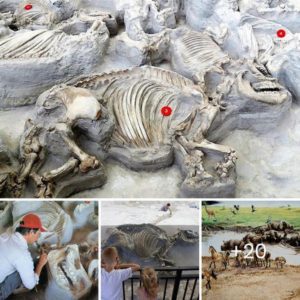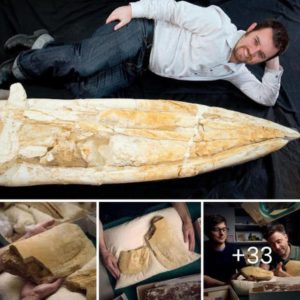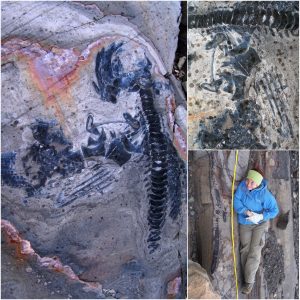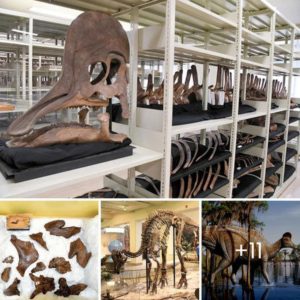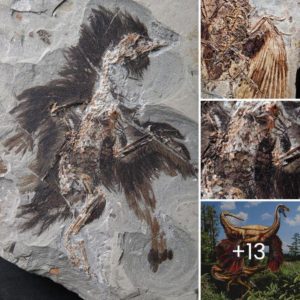The architecture and sculpture of Ancient Egypt are monuments that represent the great historical value of one of the most incredible civilizations that have ever existed.
However, experts ask themselves many questions regarding the life and customs of ancient Egyptians … Why do some Egyptian statues have broken noses? Here we tell you!
The ancient Egyptians had a great ability for art in general. Their architectural prowess is displayed in the construction of great pyramids; likewise, they stood out in the carving of innumerable statues that paid tribute to the pharaohs, religious figures, and people of high society.

However, many of the statues belonging to this ancient civilization have something in common… they have no nose.
You might think that this is due to wear due to the age of the pieces, or that they are simply damaged or affected by erosion.
Edward Bleiberg, curator of the Egyptian Museum in Brooklyn, set out to investigate why many of these statues do not have noses.

Bleiberg discovered a widespread pattern of deliberate destruction in most disfigured Egyptian works.Why only the nose?
There could have been multiple reasons for these acts of vandalism: “The regularity of the patterns on the damaged sculptures indicate that it was intentional, ” Bleiberg said.

These statues have broken noses because much of the ancient Egyptian population believed that statues had a life force.
Bleiberg states that: “The consistency of the patterns where the damage is found in the sculpture suggests that it has a utility, which is none other than deactivating the force of an image.
The Egyptians gave images great power, they believed that the essence of a deity could inhabit an image that represented it.
For this reason, it was concluded that, for them, the best way to end the power and life force of these “enemy” images was by breaking the statue’s nose, the way through which one breathes and preserves life. .
However, the ancient Egyptians knew that statues could not move and walk around, just as it was understood that these works made of stone or wood could not literally breathe.
Adela Oppenheim, curator of the Egyptian art department at the Metropolitan Museum of Art in New York, notes:
“They knew that the statues were not inhaling air, they could see it … In another idea, statues have a vital force which is obtained through the nose, so you breathe.”Who destroyed the noses of the statues?
The belief that statues had a life force was so widespread that it stimulated different antagonistic believers to extinguish this force when necessary.
“They basically had to kill him and the best way to do it was where he breathe, “” Oppenheim said.
Edward Bleiberg points out that a series of texts from Ancient Egypt describe the anxiety of the pharaoh that his own images would be damaged and the measures he took to safeguard them.
Similarly, different pharaohs issued decrees with terrible penalties for anyone who dared to threaten their statues.
According to the results of the Bleiberg study, the people who carried out these mutilations: “They were not vandals and they did not act randomly”, suggests that they were skilled workers and trained for this trade due to the precision of their chisels.
Oppenheim makes it clear that in some cases nature has probably done its job through the years ; however, you can usually tell if a nose was intentionally destroyed by looking at the cut marks on the statue.
The motivations for the destruction of these statues are still unknown; However, it is believed that religious, personal, criminal and mostly political reasons – to rewrite history in favor of a new pharaoh – were the cause of this act of vandalism.
Source: Deivis Gonzalez, culturizandoStatue of Pharaoh Senusret III, who ruled in the 2nd century BC. C. Metropolitan, New York
